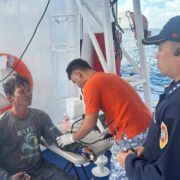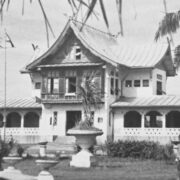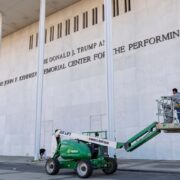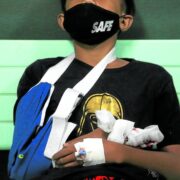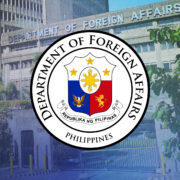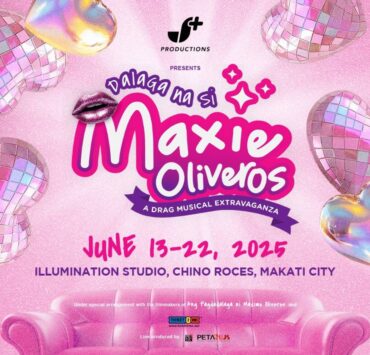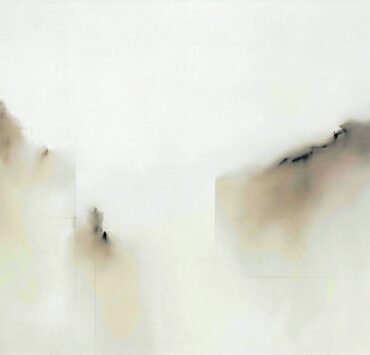A renaissance of watercolors
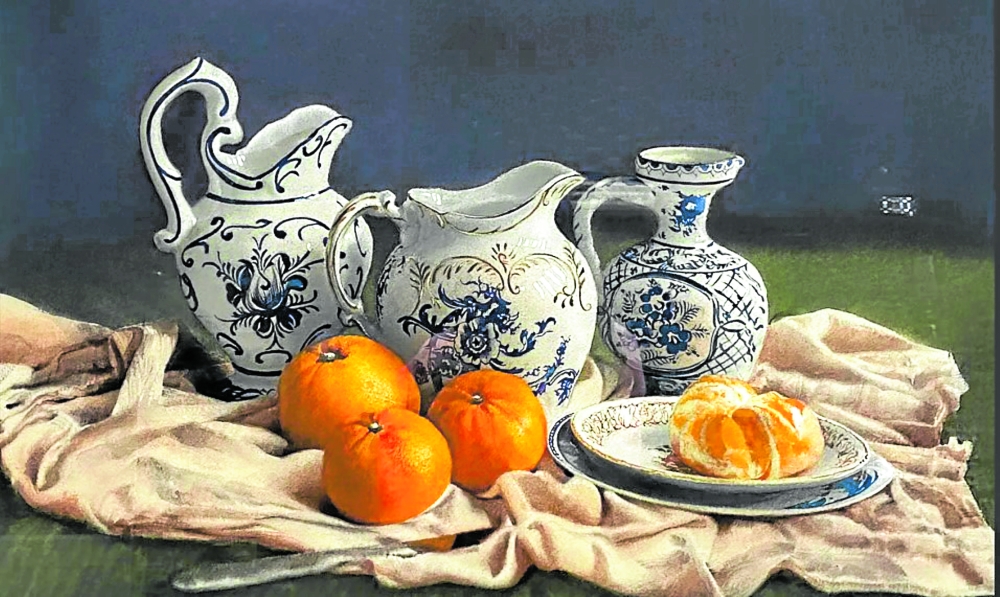
Watercolor painting is experiencing a renaissance in Philippine art. The thrill and challenge of this demanding medium have never been more appealing to Filipino artists of every generation.
Shows like Art Elaan’s “Mind over Water” and Galerie Genesis’ “Kulay sa Tubig” have showcased some of the country’s top watercolorists. Each artist brings their unique perspective to the medium, demonstrating a passionate commitment to exploring its wonders. They reveal how they can capture and unlock the gentle light inherent in watercolor painting.
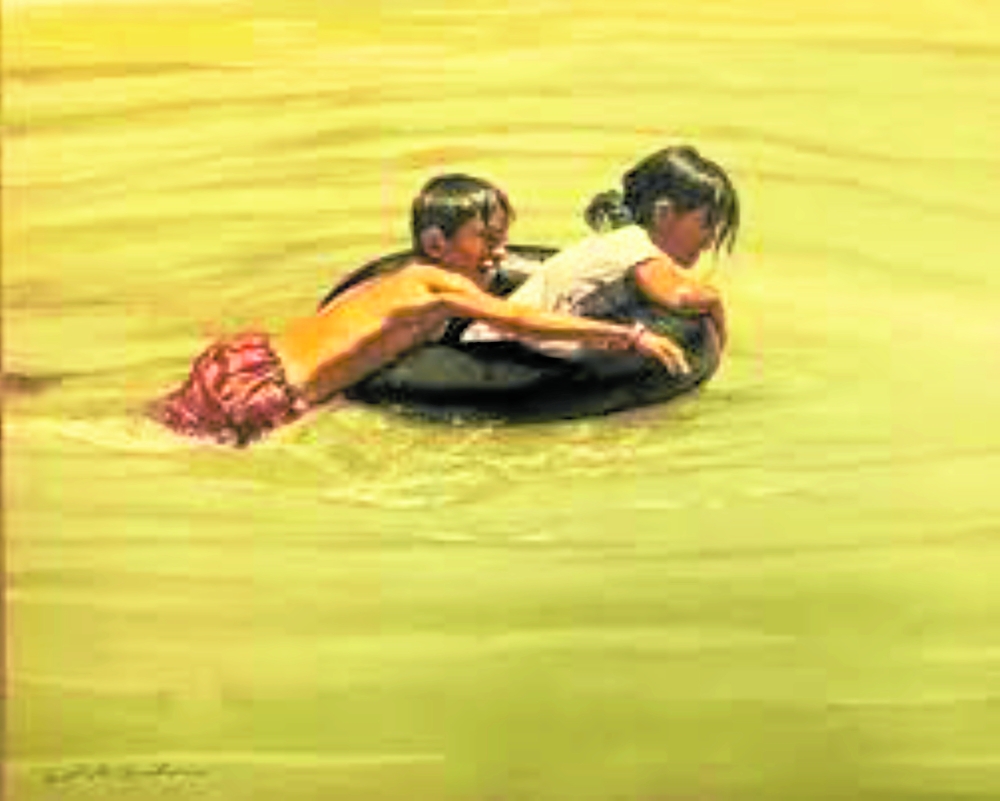
Toti Cerda
Cerda is a renowned watercolorist and a Hall of Fame awardee from the longest-running national watercolor competition. Having been born on Talim Island in Laguna de Bay, off the coast of Binangonan, he has always lived and worked closely with water. He chose watercolor as his medium of mastery, which has greatly influenced his artistic journey. Cerda has created a whimsical universe centered around childhood and its relationship with water. In his artworks, water is a dynamic element that engages children in various activities—swimming in a river, wading on the shore, fishing by the harbor, or playing in the rain. He evokes a vicarious sensation of water on the skin, capturing the joy and thrill that water brings, which can significantly influence a child’s physical and emotional well-being. Beyond the water, Cerda’s depictions of children often lead them to the embrace of a forlorn tree. With its dark, deeply furrowed bark, this tree adds a hint of intrigue and contrast to the scene, inviting viewers to engage with the artwork on a deeper level.
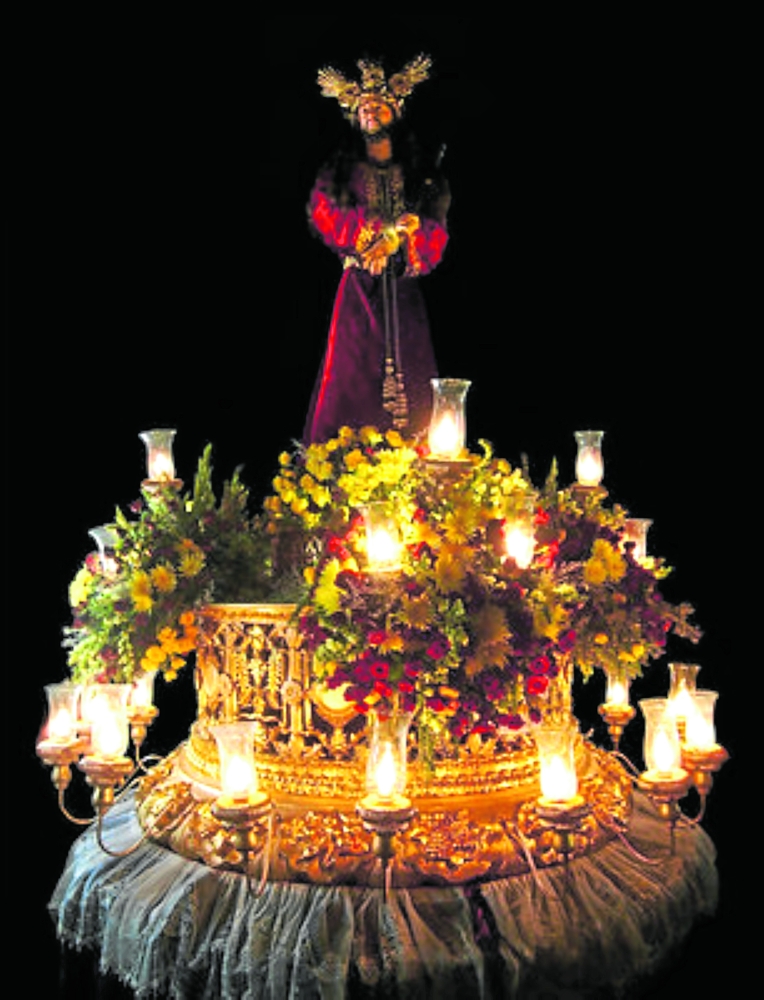
Noli Principe Manalang
Manalang received the 2023 Leonardo da Vinci Prize for the Arts at the XIV Florence Biennale. Interestingly, this is a competition where Filipino artists have excelled and made the world aware that Philippine art is the world’s best-kept secret. Manalang is a veteran and consistent prizewinner in the “Kulay sa Tubig” watercolor competition, a prestigious event celebrating the mastery of watercolor painting in the Philippines. Even then, his themes, images, and subjects allude to spirituality, in particular the rituals and appurtenances of the Roman Catholic Church, with all its splendor, glory, and spectacle. He questions whether faith needs all the trappings of opulence and luxuriousness. By turns, Manalang paints with solemnity and irony, rendering his images with their rich external presentation but holding close to his chest the meaning of the work. The onus is on the viewer to decipher the hidden meaning.
True to his name, Noli Manalang is a prince among Filipino watercolorists.
Joie Pabilando
Photorealism is the most enigmatic of the Western art movements. Very simply, it is a way of perceiving reality through the lens of photography. The finished artwork convinces the viewer that he is looking at a photograph, only to discover that the work is a painting. Among Filipino watercolorists, Joie Pabilando is at the forefront of this painting style. To his audience, though, he is more associated with rain. With his mastery of the medium, Pabilando depicts the experience of getting wet in the rain, viewing the outside world through a rain-splashed windowpane, or stepping on a puddle of rain-drenched pavement. Pabilando takes delight in capturing the sensation of rain in all its spirited action: the pitter-patter, the drizzle, the shower, the downpour, and the splash. Aside from the rain, Pabilando also excels in photojournalism, depicting ordinary scenes on the road, in the fields, in the marketplace, on the seashore, and at the port. They are intensely realistic, but Pabilando turns them into visual poetry.
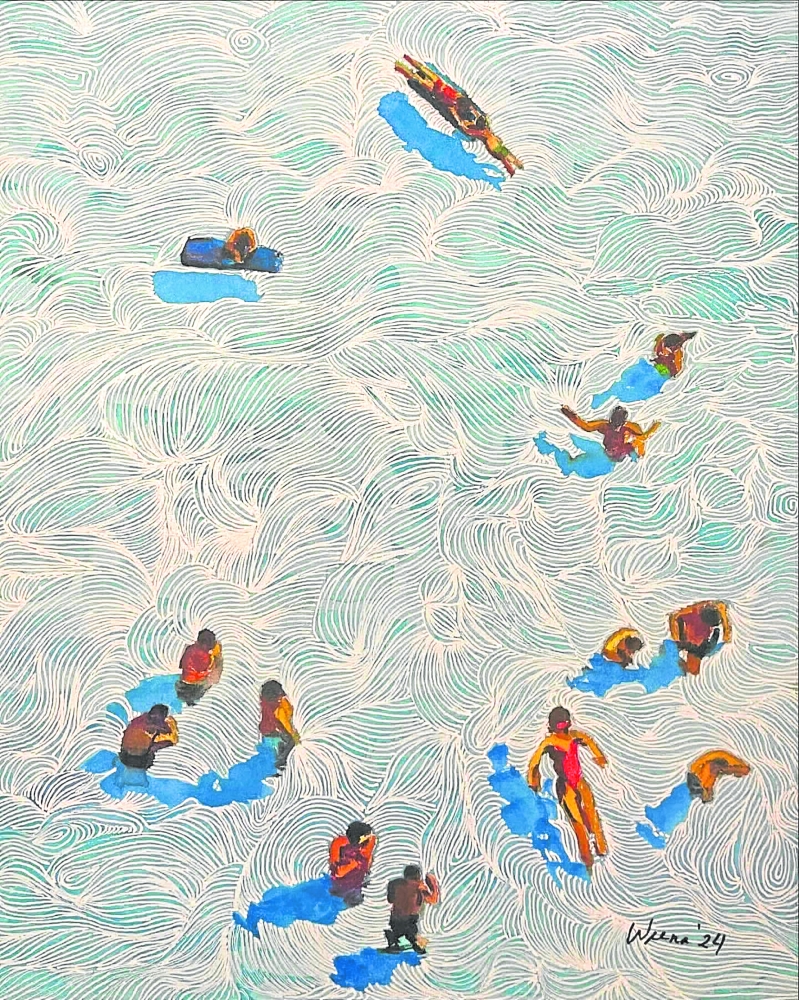
Weena Mendoza
Diverting from the familiar watery reflections that permeate most watercolor works, Mendoza prefers feasting on the myriad delights and pleasures of patterning and linear configurations. The undulating motion of the water evokes her waves, transforming them into a crackle of mosaics. Her fishermen are mending their fishnets, which look like fine slivers of silver filament threading their way into their hands. From a bird’s-eye view, her sand transforms into a veritable raking of curvilinear lines, creating a strange shore. Indeed, one can wistfully view many of Mendoza’s works from the sky or a mountaintop. The finely calculated lines glide and ripple across the paper surface, weaving into an aquatic abstraction.
Emmanuel Silva
Silva, among Filipino watercolorists, has a unique gift. His art has the power to create and convey the most intimate connection between the viewer and his watercolors. Beyond the technical competence of his work and the quiet dexterity with which water as a medium seems to vanish into view, Silva’s art draws the viewer into the minutiae of his universe. Whether it’s his jubilant florals in full bloom or his view of the city as a lonely vessel of man’s existence, Silva’s art is an immersive experience. His work evokes the mood and emotion of a city, communicating the ambiance of the environment that contains the amniotic fluid of life in which we all swim at our own risk. “Ambiance” is the closest word one can use to describe a work by Emmanuel Silva. His art is like a living organism, engaging the viewer uniquely and personally.
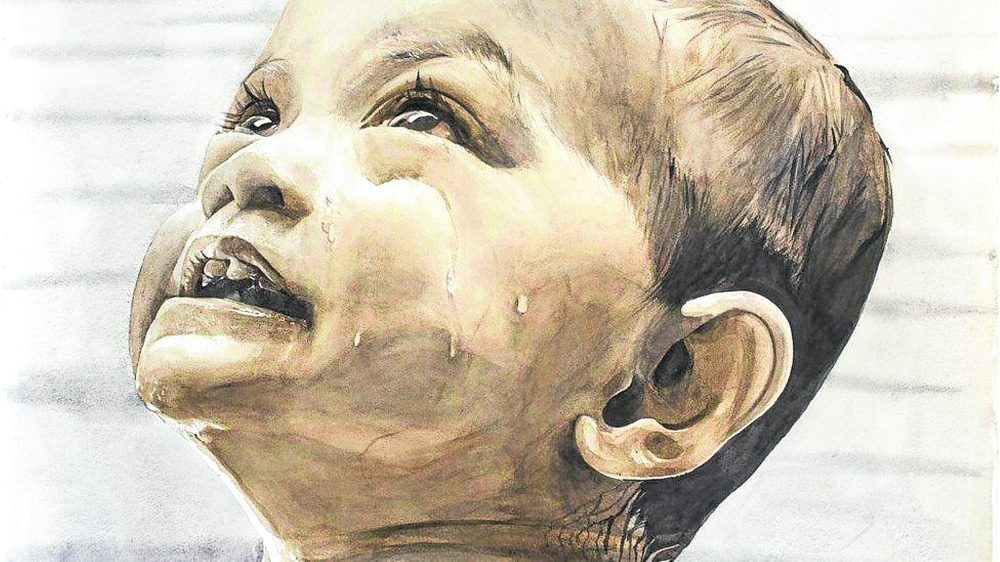
JC Vargas
Artists almost always depict water as a sparkling and refreshing wellspring, whether it’s a stream, pond, river, or the sea. Artists and viewers are thrilled with the ability of water to reflect the sky and its surroundings. Vargas, however, unsettles the viewer by changing his traditional view of a body of water. Vargas opts to sully or disturb the clear waters by presenting the scene realistically soiled and littered with dried leaves, twigs, branches, and all the dried debris of nature. However, orchestrating nature’s debris upon the waters demonstrates his virtuosity. The result, however, takes the viewer aback, stunning him with the realization that a watercolorist has summoned exquisite beauty out of a dirty and disorderly stream or river.
This brings back memories of his award-winning watercolor in the “Dirty Watercolor” competition, a unique event where artists used custom pigments from water samples from Manila’s most polluted rivers. The sponsor decontaminated and concentrated the samples to produce colors such as black, gray, brown, burnt sienna, and sepia. Vargas’s work, “Sabina,” showed an innocent and gaily laughing child emerging from the dirty waters of the Pasig River. Water can draw you into its mysterious and marvelous depths, whether putrid, or pure.
Art Elaan’s “Mind over Water” and Galerie Genesis’ “Kulay sa Tubig” are exhibitions that explore the transformative power of water in art. The works offer a shift in perspective, inviting viewers to reconsider their understanding of water and its representation in art.





